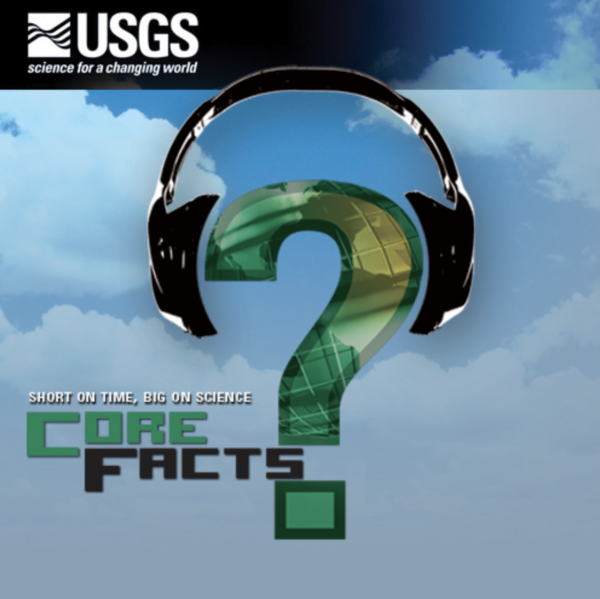Abyss Pool, West Thumb Geyser Basin, Yellowstone National Park
Abyss Pool, West Thumb Geyser Basin, Yellowstone National ParkAbyss Pool is about 16 m (53 ft) deep and contains alkaline-chloride hydrothermal fluids that in the summer of 2024 had a temperature of 181 °F (83 °C).
























